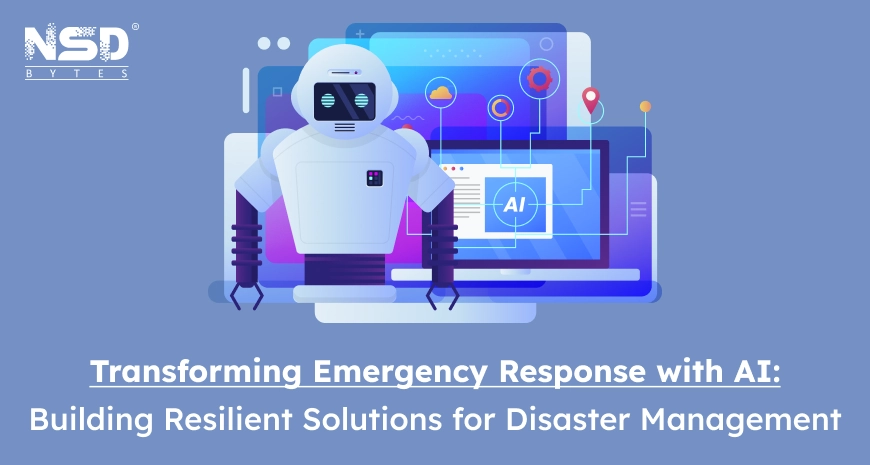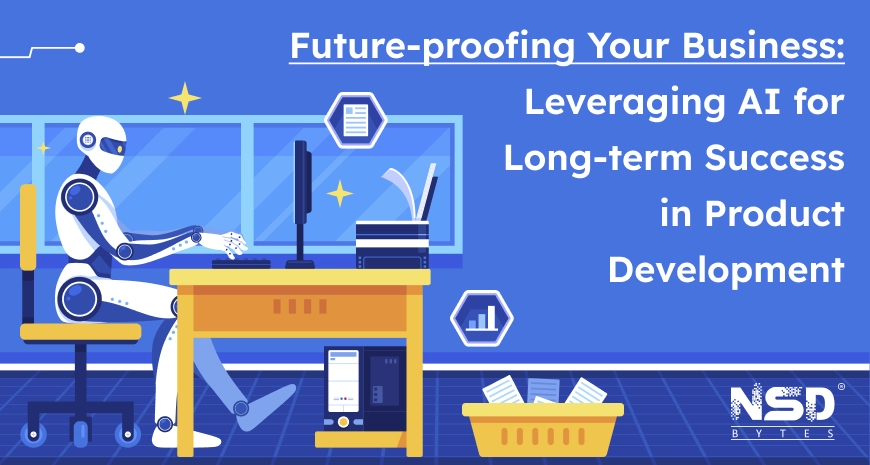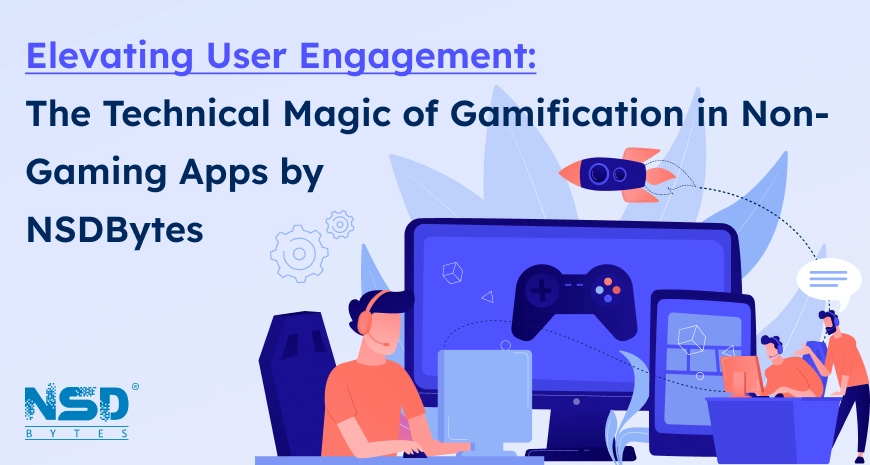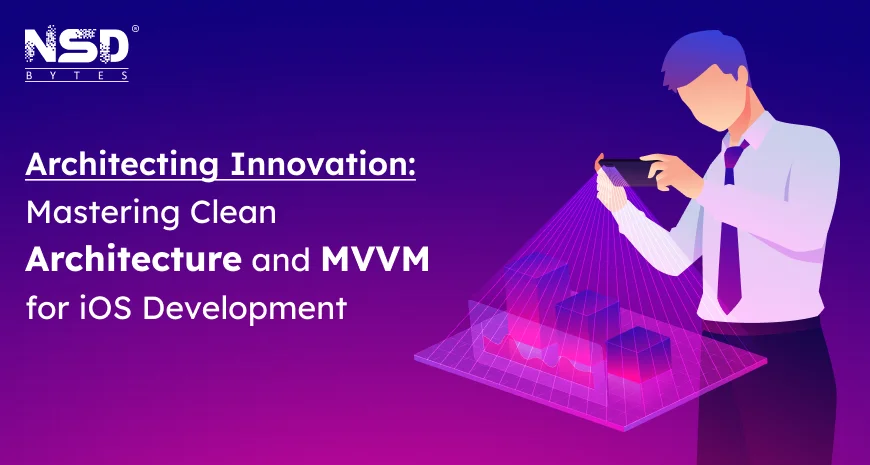
Introduction:
In the dynamic world of iOS development, adopting robust architectural patterns is essential for building scalable, maintainable, and testable applications. Clean Architecture and MVVM (Model-View-ViewModel) are two such architectural paradigms that have gained widespread adoption among iOS developers. In this comprehensive guide, we delve deep into the principles, benefits, implementation strategies, and real-world examples of Clean Architecture and MVVM, empowering you to architect innovative iOS applications with confidence.
Understanding Clean Architecture:
Clean Architecture is not just about structuring code; it's a philosophy that advocates for designing systems that are independent of frameworks, databases, or external dependencies. At its core, Clean Architecture promotes the separation of concerns and the dependency rule to create highly maintainable and flexible software systems.
Key Components of Clean Architecture:
- Entities: Represent domain-specific business objects or models. Entities encapsulate enterprise-wide business rules and are independent of external frameworks or technologies.
- Use Cases (Interactors): Contain application-specific business logic that orchestrates the flow of data between the entities and the external world. Use Cases represent the core functionality of the application and are independent of UI or database details.
- Interfaces (Gateways): Define contracts for interacting with external systems, such as databases, APIs, or user interfaces. Interfaces abstract the implementation details, allowing for easy substitution or mocking in unit tests.
- Frameworks and Drivers: External dependencies and implementation details, such as UI frameworks, databases, or network libraries. Frameworks and Drivers are the outermost layer of the architecture and are responsible for integrating the application with the outside world.
Benefits of Clean Architecture:
- Maintainability: Clean Architecture promotes loose coupling and high cohesion, making it easier to understand, modify, and extend codebases over time. Changes to external dependencies or frameworks have minimal impact on the core business logic.
- Testability: By decoupling business logic from external dependencies, Clean Architecture enables thorough unit testing of core application logic without relying on UI or infrastructure. Use Cases can be easily tested in isolation using mock implementations of interfaces.
- Scalability: The modular structure of Clean Architecture facilitates the incremental growth of applications, allowing teams to add new features or adapt to changing requirements with minimal disruption. New Use Cases can be added without modifying existing code, promoting code reuse and modularity.
Implementing MVVM in iOS Development:
MVVM is a design pattern that enhances the separation of concerns by dividing the user interface (View) from the business logic (ViewModel) and underlying data (Model). In an MVVM architecture:
- Model: Represents the data and business logic of the application. Models encapsulate the application's data model, perform data manipulation, and notify observers of changes.
- View: Displays the user interface and responds to user interactions. Views are typically passive and delegate user input and actions to the ViewModel.
- ViewModel: Acts as an intermediary between the View and Model, handling data transformations, business logic, and interaction with external services. ViewModels are responsible for preparing data for presentation and responding to user interactions.
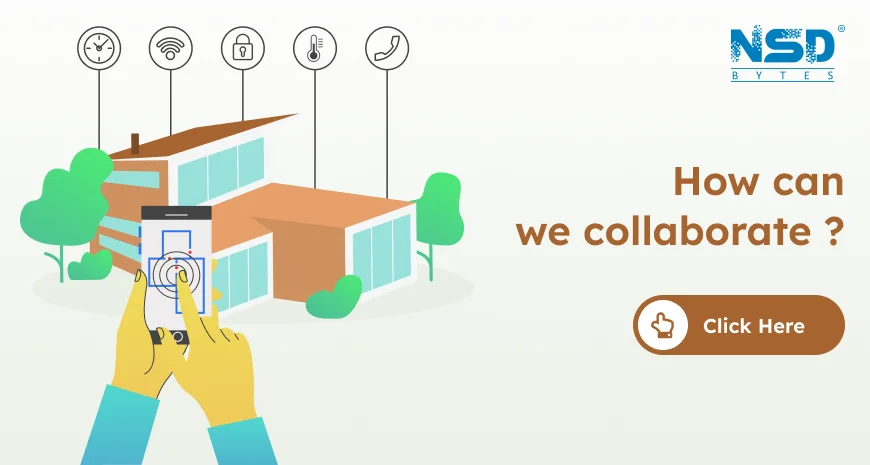
Key Concepts in MVVM:
- Data Binding: MVVM leverages data binding mechanisms to establish a bi-directional connection between the View and ViewModel, ensuring seamless synchronization of data and UI state. Changes in the ViewModel automatically reflect in the View, and vice versa, without the need for manual synchronization.
- Command Pattern: ViewModel exposes commands or actions that can be invoked by the View, enabling a clean separation of user interactions from business logic. Commands encapsulate user actions, such as button clicks or gestures, and delegate the execution to methods in the ViewModel.
- Dependency Injection: MVVM promotes the use of dependency injection to provide ViewModels with the necessary dependencies, such as services or repositories, in a decoupled and testable manner. Dependencies are injected into ViewModels at runtime, allowing for easy substitution or mocking in unit tests.
Benefits of MVVM for iOS Development:
- Separation of Concerns: MVVM fosters a clear separation between UI-related code and business logic, enhancing code readability, maintainability, and testability. Views are responsible for rendering UI elements, while ViewModels encapsulate the presentation logic and data manipulation.
- Reusability: ViewModel components can be easily reused across different Views, promoting code reusability and reducing duplication. Shared ViewModels encapsulate common functionality and data processing logic, reducing the need for redundant code in multiple ViewControllers.
- Flexibility: MVVM accommodates changes in UI requirements or underlying data structures without necessitating significant modifications to existing code. ViewModels encapsulate the presentation logic and data manipulation, allowing for easy adaptation to changing business requirements or user interface designs.
Real-world Examples and Case Studies:
To illustrate the practical application of Clean Architecture and MVVM in iOS development, we delve into real-world examples and case studies of successful iOS applications that have embraced these architectural principles. From enterprise-grade applications to consumer-facing apps, we explore how Clean Architecture and MVVM empower developers to architect scalable, maintainable, and testable iOS applications that deliver exceptional user experiences.
Conclusion:
By embracing Clean Architecture and MVVM principles, iOS developers can elevate their application architecture to new heights of scalability, maintainability, and testability. Whether you're building a simple productivity app or a complex enterprise solution, adopting Clean Architecture and MVVM empowers you to architect innovative iOS applications that stand the test of time and meet the evolving needs of users and stakeholders.
Our Services
- UI/UX Designing
- Software Quality Assurance
- Application Support & Maintenance
- App Modernization
- Software Development
- Web Development
- Mobile Application
- Game Development
- AR/VR Development
- User Experience Management
- Analytics Consultancy
- Data Visualization and Analysis
- White Label Solution
- Hire a Professional

















